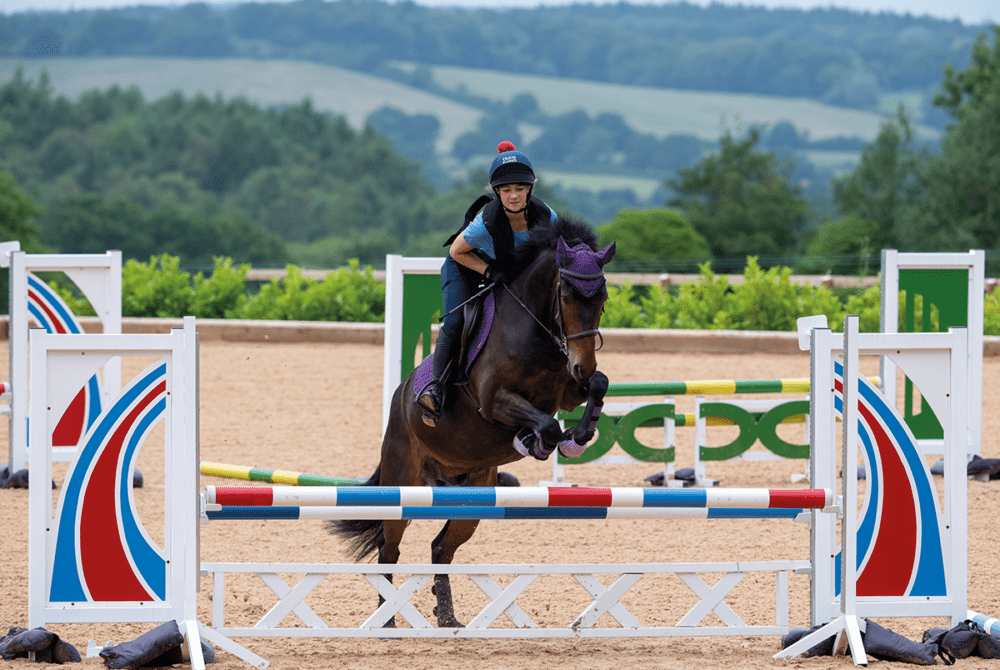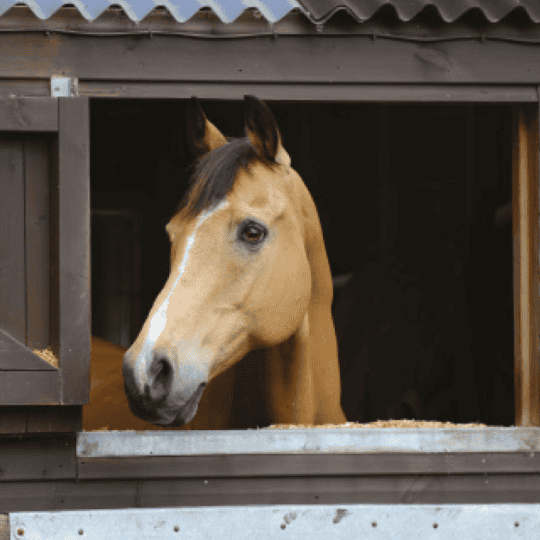A fine fit
Posted 17th January 2023
Having a well-fitting saddle is essential, but what’s involved in the process? Saddler Andy Milner explains

Imagine having to wear a pair of shoes that are two sizes too big or small every single day. Over time, they’ll cause discomfort, even altering the way you move and behave. The same can be said for your horse if his saddle doesn’t fit him, which is why a well-fitting saddle is crucial for his comfort and welfare.
Your saddle fitter, together with other key professionals such as your farrier, vet, equine dental technician, manual therapist and trainer, all play an integral role in helping your horse to stay fit, healthy and able to perform at his best. Here’s what you need to know.
What affects saddle fit?
Horses change shape throughout the year, so having your saddle checked at least twice a year by an SMS-qualified saddle fitter will help to ensure it’s the best possible fit for you and your horse. However, every horse is different and your saddle fitter can advise you on the optimal frequency for your situation.
There are many factors that can impact your horse and cause a change in his shape and condition, which will then alter the fit of his saddle. These include…
- a change in weight
- injury
- fitness level
- travelling
- seasonal changes
- competing
Any alteration in your horse’s posture or shape means it’s time to have the fit of his saddle checked before it has a negative effect on his performance and comfort.
Spotting changes
It can be difficult to notice changes in condition when you see your horse every day, but there are things you can do each month to help you easily spot the signs…
- take a side-on picture of your horse and compare the photos at the end of each month to see whether he looks different
- use the same weightape to measure and record his weight around his girth area
Other factors that indicate your saddle needs checking include a drop in your horse’s performance or a change in behaviour when being ridden, groomed or tacked up.
It’s important to note that these indicators can be caused by factors other than your saddle, but having it checked is a good place to start.
And it’s not just your horse who needs monitoring because an out-of-balance saddle will affect you, too. If you start to feel that you’re struggling to maintain a correct position, or your trainer notices something out of the ordinary about your position, such as tipping forwards or an unstable lower leg, this could also be a sign that your saddle needs to be looked at.
Find out more about the saddle fitting process in March Horse&Rider – on sale now!











